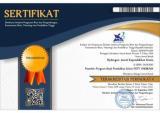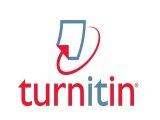Kajian Literatur: Implementasi Problem Based Learning (PBL) Dalam Pembelajaran Kimia
Abstract
This paper presents research trends in problem-based learning (PBL) in chemistry, covering cases, media, materials, PBL syntax, and student competencies that need to be improved in PBL. In this study, a descriptive approach with a bibliometric approach was used. The articles were retrieved from Google Scholar and Scopus databases using Publish or Perish (PoP) software. The number of articles received in 2011-2021 (10 years) is 400. Metadata was managed using Mendeley software, so the final number of articles was 48. Visualizations were created using bibliometric VOSviewer software. The review results show that media commonly used in PBL include websites, e-LKPD, e-modules, modules and e-books. A commonly used grammar is a five-stage orientation (Barret, 2005), including: guiding students to solve problems, organizing student learning, individual and group investigations, development and presentation of results, and analysis and evaluation activities. The most commonly used chemical materials in PBL are chemical bonds, chemical equilibria, and basic laws of chemistry. Student competencies acquired in PBL-based chemistry learning include: chemistry learning outcomes, critical thinking skills, motivation and interest, student creativity, problem solving, democratic attitudes, and student retention soft skills. Based on the results of the analysis, there has been no research that uses ethnoscience cases in problem-based chemistry learning. So that the recommendations for development research are obtained to integrate ethnoscience in problem-based learning.
Full Text:
PDFDOI: https://doi.org/10.33394/hjkk.v10i2.5873
Refbacks
- There are currently no refbacks.

This work is licensed under a Creative Commons Attribution-ShareAlike 4.0 International License.





